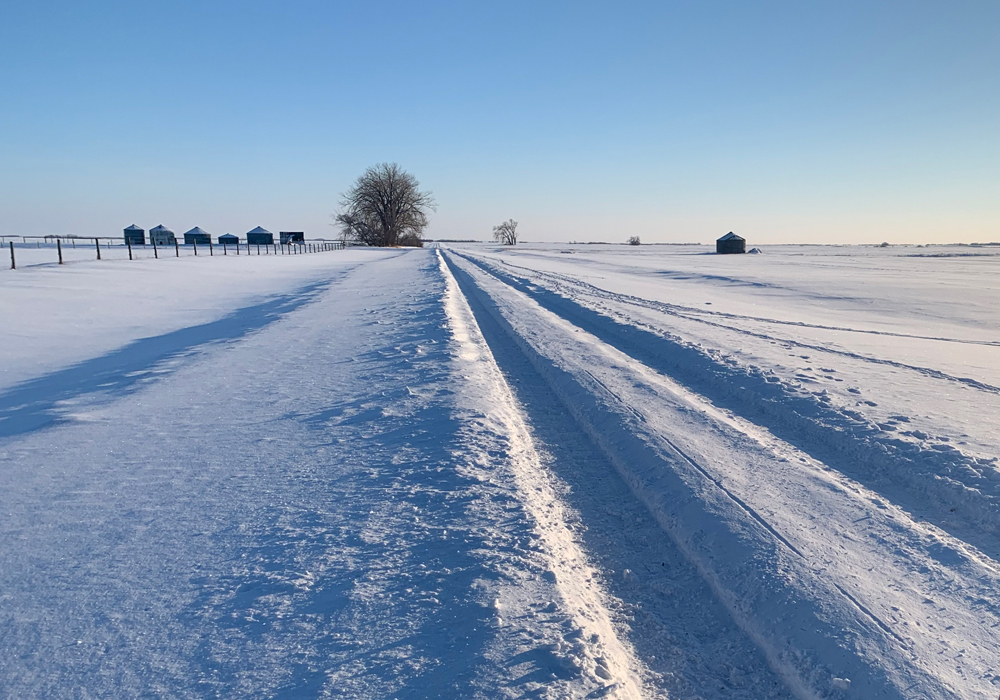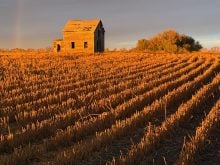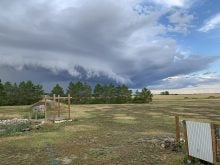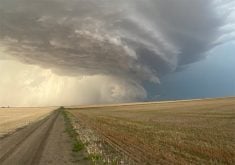There are different ways to measure how much snow falls, whether it be the amount that falls in one day or one 24-hour period.
We can also measure snowfall a third way — by looking at what I call a snow event, when we record snowfall amounts on two or more consecutive days. This can be problematic because we could see two different systems affect a region over a two- or three-day period, but for the sake of this study, I consider that one big storm system.
In Winnipeg, during any given winter, there is a 90 percent chance there will be about 30 days when snow falls. About 50 percent of the time, we will see 45 snowfall days and there is less than a one-in-100 chance of seeing more than 70 snowfall days in any given winter.
Read Also
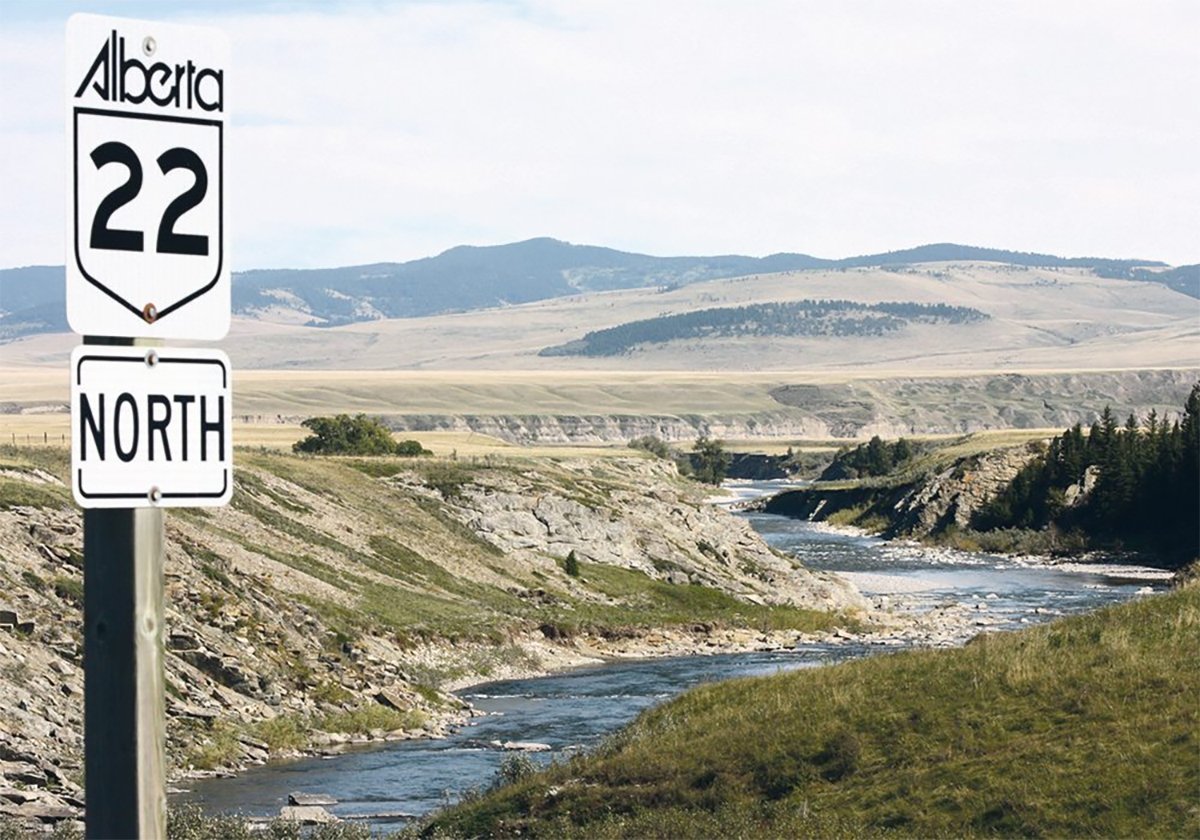
New coal mine proposal met with old concerns
A smaller version of the previously rejected Grassy Mountain coal mine project in Crowsnest Pass is back on the table, and the Livingstone Landowners Group continues to voice concerns about the environmental risks.
Keep in mind, a snowfall day is any day that records snow, no matter how small. When we look at how much snow we can expect to fall during such a day, 90 percent of the time it is 0.2 centimetres or more, which basically means a light dusting. Only about 10 percent of our snowfalls are light dustings that are not really measurable.
About 50 percent of the time, Winnipeg can expect more than two cm of snow. Lots of people argue with me over that one, but that is what the statistics show.
If we look at how often we should expect five cm or more, the probability falls to about 10 percent. That is, if we get 30 snowfall days during the winter, only three will give us more than five cm.
Looking at higher one-day snowfall amounts, 10 cm or more occurs about once in every 25 snowfall days, or once or twice per Winnipeg winter.
Getting more than 30 cm of snow in one day is extremely rare, with a probability of about 0.1 percent, which means about one in every 1,000 snowfall days or once every 20 to 40 years.
Before you say you can remember several 30 cm dumps of snow, keep in mind these are single-day, midnight-to-midnight stats.
Mother Nature rarely dumps all the snow conveniently during a midnight-to-midnight period, so let’s see how the numbers shape up. In any given winter, we typically see about 20 events where we record snowfall on two or more consecutive days. About half the time we could see as many as 28 snowfall events, and once in every 100 winters we could experience as many as 40.
Most of these events have only small amounts of snow. About 90 percent of the time we expect to see 0.5 cm or more snow and about 50 percent of the time we expect to see more than two cm. Interestingly, or maybe surprisingly, these numbers are about the same as for the one-day snowfall probabilities.
If we look at the probability of receiving more than five cm during a snowfall event, it happens about 30 percent of the time. Going up to 10 cm or more, probability drops to about 10 percent, or around twice per typical winter.
How often should we expect to see big storms with more than 30 cm of snow? According to my probabilities, it’s about one in every 200 snowfall events, or once every 10 years.
Daniel Bezte is a teacher by profession with a BA in geography, specializing in climatology, from the University of Winnipeg. He operates a computerized weather station near Birds Hill Park, Man. Contact him at dmgbezte@gmail.com.




